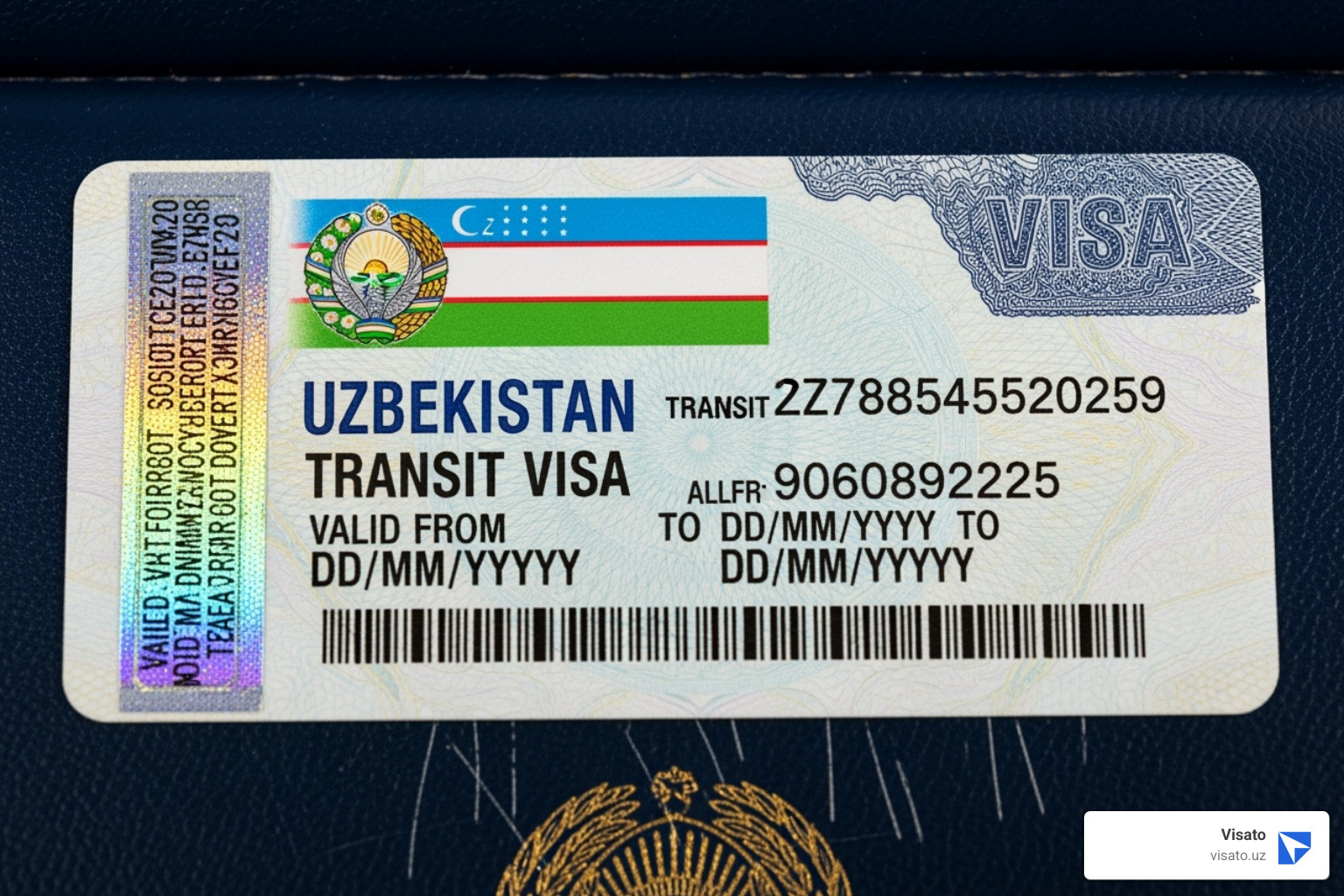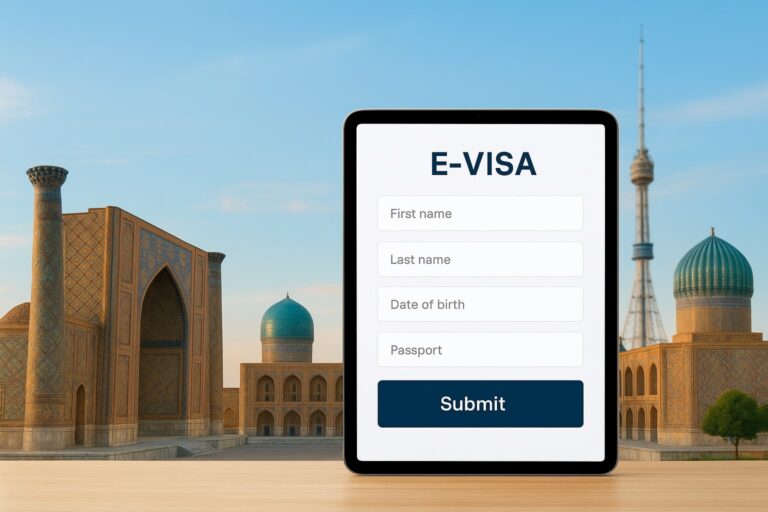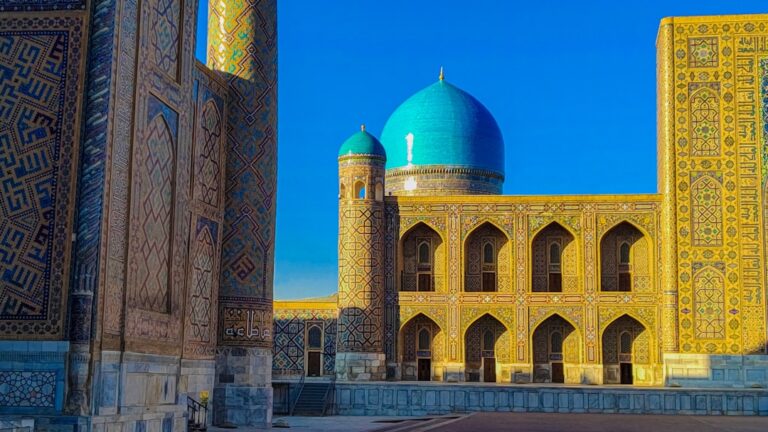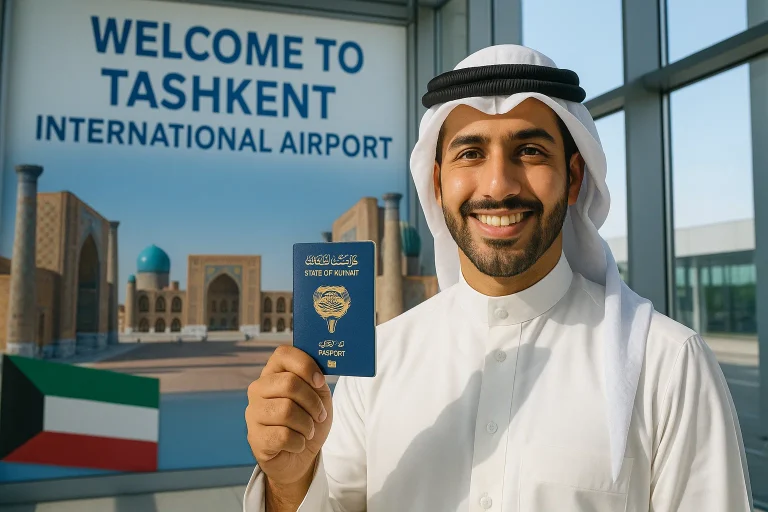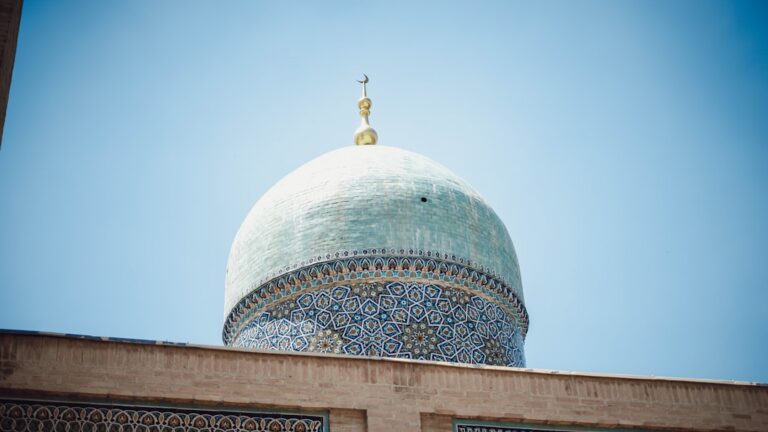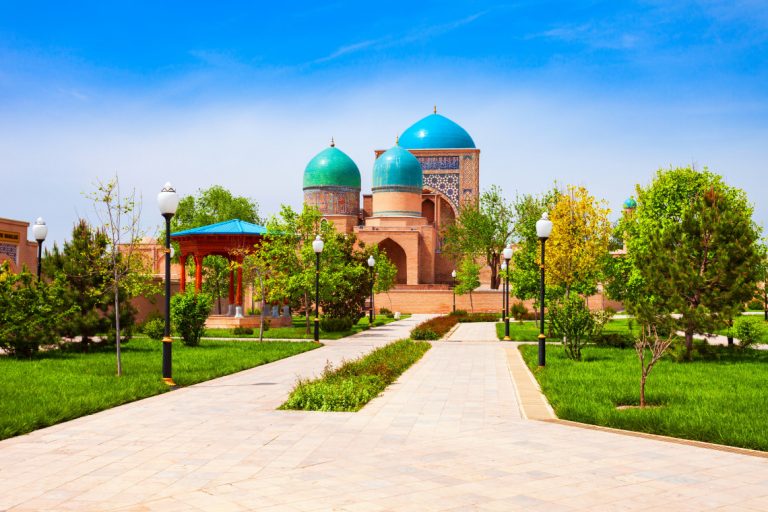Why Pakistani Travelers Need to Know About Transit Visas
Uzbekistan transit visa Pakistan applications require careful planning if you’re connecting through Tashkent or other Uzbek cities on your way to another destination. Here’s what you need to know right away:
Quick Facts:
- Cost: $40 for single entry (72 hours), $50 for double entry
- Processing Time: Minimum 10 working days
- Application: In-person at Embassy of Uzbekistan, Islamabad
- Required: Valid passport, onward flight ticket, visa for final destination
- No Visa on Arrival: Must apply in advance
- Alternative: 5-day visa-free transit available at airports for some nationalities (check eligibility)
Whether you’re traveling to Europe, Asia, or returning home through Uzbekistan, understanding the transit visa process can save you time and avoid last-minute stress. The transit visa allows you to stay in Uzbekistan for up to 72 hours while you wait for your connecting flight or continue your journey by other means.
Unlike the tourist e-visa that many travelers use for longer stays, the transit visa is specifically designed for short stopovers. It’s cheaper than a full tourist visa, but it comes with strict time limits and requires proof that you’re actually continuing to another country.
I’m Nariman Huseynov from Visato.uz, and over the past five years, I’ve helped thousands of travelers steer the Uzbekistan transit visa Pakistan application process and understand their visa options for Central Asian travel. This guide will walk you through every step of getting your transit visa, from gathering documents to collecting your approved visa in Islamabad.
Understanding the Uzbekistan Transit Visa
If you’re connecting through Uzbekistan on your way to another country, the Uzbekistan transit visa for Pakistani travelers is your ticket to a short but perfectly legal stopover. Think of it as a brief pause button on your journey – not quite a full visit, but enough time to grab some delicious plov and maybe glimpse the legendary Silk Road cities during your layover.
The transit visa is designed specifically for travelers passing through Uzbekistan to reach a third country. This is the crucial part: you’re not coming to Uzbekistan as your final destination. You’re just stopping by on your way somewhere else, and you need to prove it with confirmed onward tickets and a visa for wherever you’re heading next.
You get up to 72 hours in the country with this visa. That’s three full days to catch your connecting flight, rest between journeys, or even venture out to explore a bit if your schedule allows. But here’s the thing – those 72 hours are all you get, and the clock starts ticking the moment you enter Uzbekistan.
Uzbekistan offers two flavors of transit visas, and choosing the right one depends on whether you’re passing through once or twice.
Single vs. Double-Entry Transit Visas
The single-entry transit visa costs $40 and does exactly what it says on the tin: it lets you enter Uzbekistan one time for up to 72 hours. This works perfectly if you’re flying from Pakistan to Europe with a layover in Tashkent, or heading to any other destination with just one stop in Uzbekistan. You come in, you stay your 72 hours (or less), and you continue your journey.
Now, if your travel plans involve coming back through Uzbekistan on your return trip, you’ll want the double-entry transit visa instead. For $50, this visa allows you to transit through Uzbekistan twice – once on your outbound journey and again when you’re heading home. Each entry still gives you the full 72 hours, and it saves you the hassle of applying for two separate visas or trying to figure out a different route home.
Both visa types follow the same 72-hour rule per entry. The only difference is how many times you can use them.
Validity and Conditions
The transit visa comes with some strict rules that you absolutely need to follow. There’s no wiggle room here, so let’s be crystal clear about what’s required.
First, that 72-hour limit is non-negotiable. Unlike some visa types where you might be able to request an extension, the Uzbekistan transit visa offers zero flexibility. Once your 72 hours are up, you need to be on your way out of the country. Overstaying can lead to fines, complications with immigration authorities, and problems with future visa applications – not the kind of travel memories you want to collect.
Second, you must provide proof of your onward travel when applying. This means confirmed flight tickets, train bookings, or whatever transport you’re using to leave Uzbekistan and continue to your next destination. A tentative itinerary or a “maybe I’ll book later” approach won’t cut it. The embassy needs to see that you have concrete plans to leave within the 72-hour window.
Third, if your final destination requires a visa, you need to already have that visa in your passport before applying for your Uzbekistan transit visa. This proves you’re not going to get stuck in Uzbekistan with nowhere to go. It also shows that your travel plans are legitimate and fully arranged.
These conditions exist for a good reason – the transit visa is designed as a brief passage through the country, not a backdoor way to visit Uzbekistan. Stick to these rules, and your stopover will go smoothly.
Eligibility and Key Requirements for Pakistani Citizens
The good news? If you’re a Pakistani passport holder planning to transit through Uzbekistan, the eligibility requirements are straightforward. The not-so-good news? You’ll need to be meticulous about gathering your documents and proving your travel plans.
The Uzbek authorities want to see three main things from us: a valid passport, confirmed proof that we’re genuinely just passing through, and evidence that we have permission to enter our final destination. Let’s break down exactly what that means in practice.
First, your Pakistani passport must be valid for at least three months beyond your intended stay in Uzbekistan. This is the standard “3-month rule” that many countries follow, and it’s non-negotiable. If your passport is getting close to its expiration date, it’s worth renewing it before starting your Uzbekistan transit visa application from Pakistan.
Beyond the passport itself, everything else revolves around one central question: can you prove you’re actually transiting and not trying to stay in Uzbekistan?
Proving Your Onward Journey
This is where your application really lives or dies. The Embassy of Uzbekistan needs rock-solid evidence that you’re genuinely passing through their country on your way somewhere else.
Your confirmed air ticket showing departure from Uzbekistan to a third country is your most important document. This ticket must clearly show your flight details – the date, time, destination, and your name matching your passport. And here’s the critical part: your departure must fall within that 72-hour transit window. If your layover stretches beyond 72 hours, even by a few hours, you’ll need a different type of visa.
If your final destination requires a visa for Pakistani citizens, you’ll need to already have that visa stamped in your passport before applying for your Uzbekistan transit. For example, if you’re flying from Islamabad to Moscow via Tashkent, you’ll need your Russian visa sorted first. A copy of this destination visa becomes a mandatory part of your transit visa application. It’s proof that you won’t be stuck at the Uzbek border with nowhere to go.
Some travelers also include a detailed itinerary showing their complete journey, though this is less critical if you have clear flight bookings and destination visas. Still, it can help paint a complete picture of your travel plans.
Visa-Free Transit: Is it an Option?
I get asked this question constantly, so let’s clear it up once and for all.
Yes, Uzbekistan has introduced a fantastic 5-day visa-free transit procedure for citizens of 101 countries. If you’re from one of these lucky countries and you’re transiting through an Uzbek airport with an onward ticket within 5 days, you don’t need a visa at all. The Republic of Uzbekistan introduces a 5-day transit visa-free procedure for 101 countries, and it’s been a game-changer for many travelers.
But here’s the reality for us: Pakistani citizens are not currently included in this visa-free transit program.
I know, I know – it would make life so much easier if we were! But unfortunately, Pakistan isn’t on that list of 101 countries. This means that if you’re transiting through Tashkent International Airport or any other point in Uzbekistan, you absolutely must obtain a pre-approved transit visa from the Embassy of Uzbekistan in Islamabad before you travel.
Don’t try to show up at the airport hoping for visa-free transit or visa on arrival. Neither option exists for Pakistani passport holders. The airline will likely prevent you from boarding if you don’t have your visa sorted in advance, and that’s a headache nobody wants.
The only way forward for us is the traditional route: applying in person at the embassy with all our documents ready. It takes a bit more planning, but it’s the legitimate path to a smooth transit through Uzbekistan.
Your Step-by-Step Application Guide for the Uzbekistan Transit Visa from Pakistan
Getting your Uzbekistan transit visa application from Pakistan right doesn’t have to be complicated, but it does require careful preparation and a personal visit to the Embassy in Islamabad. Let me walk you through the entire process so you know exactly what to expect.
Unlike the convenient online e-visa process that many travelers use for tourism, the transit visa requires an in-person submission. This means you’ll need to plan a trip to Islamabad if you’re not already based there. But don’t worry – with the right preparation, the process is quite straightforward.
Step 1: Gather Your Required Documents
Before you even think about visiting the embassy, you need to have all your paperwork in perfect order. Missing even one document could mean an extra trip to Islamabad, so let’s make sure we get this right the first time.
Your valid Pakistani passport is obviously the most important item. Make sure it’s valid for at least three months beyond your planned transit dates – this is the standard three-month rule that most countries follow. You’ll also need at least one blank page for the visa sticker itself.
You’ll need photocopies of your passport’s biographical pages – the ones with your photo and personal information. I always recommend bringing at least two sets of copies, just to be safe.
Two recent passport-sized photographs are required. These should be standard passport photos: colored, white background, no glasses (unless you wear them for medical reasons), and no head coverings unless they’re for religious purposes. If you’re not sure about the specifications, any professional photo studio in Pakistan will know exactly what you need.
The completed visa application form is your formal request for the transit visa. We’ll cover how to fill this out in the next step, but make sure you have it printed and signed before heading to the embassy.
Your confirmed onward flight ticket is absolutely essential. Print out your booking confirmation showing your departure from Uzbekistan to your final destination. This flight must depart within the 72-hour transit window.
Finally, if your destination country requires a visa for Pakistani citizens, you’ll need a copy of that valid visa. This proves you won’t be stuck in Uzbekistan with nowhere to go – the authorities need to know you have legal permission to enter your next stop.
Step 2: Complete the Official Visa Application Form
Once all your supporting documents are ready, it’s time to tackle the application form itself. This is where accuracy really matters – even small mistakes can delay your application.
You can access and fill out the application form at the official Ministry of Foreign Affairs portal: http://evisa.mfa.uz/. The online form generator makes the process easier, but you’ll still need to print and sign the completed form before submission.
When filling out your application, double-check every single detail. Your name should match your passport exactly – not the way you usually write it, but exactly as it appears in your passport. The same goes for your passport number, date of birth, and all other personal information.
For the purpose of visit, clearly state “Transit.” Don’t try to be creative here – straightforward and accurate is what the consular officers want to see.
Include precise details about your onward travel – your flight number, departure date and time, and your final destination. If there’s any discrepancy between what you write here and what’s on your flight ticket, it could raise red flags.
After you’ve carefully reviewed everything (twice!), print the completed form and sign it personally. An unsigned application form is an incomplete application form.
Step 3: Submit Your Application in Islamabad
Now comes the part that requires your physical presence. With all your documents organized and your application form completed, you’ll need to visit the Embassy of the Republic of Uzbekistan in Islamabad in person.
The embassy is located at House 40, Khayaban-e-Iqbal Road, Sector F-8/3, Islamabad. You can find additional contact information and details on their official page: Embassy of the Republic of Uzbekistan in the Islamic Republic of Pakistan.
Before you make the trip, I strongly recommend checking the consular section hours on the embassy website or calling ahead. Consular services typically operate during specific morning hours, and you don’t want to arrive only to find the office closed.
Personal submission is mandatory – you can’t send a friend, family member, or courier service to submit your application. The embassy requires applicants to appear in person both for submission and later for collection of the approved visa.
When you arrive, be prepared for the possibility that consular officers might ask you questions about your travel plans. This isn’t an interrogation – they simply want to verify that your transit is genuine. Be ready to clearly explain your itinerary, why you’re transiting through Uzbekistan, and where you’re ultimately headed.
Bring all your original documents along with the copies. The staff will likely want to verify the originals before accepting your application.
Processing, Fees, and Collection
Once we’ve submitted our application at the embassy in Islamabad, it’s time to be patient. Processing for the Uzbekistan transit visa from Pakistan requires a minimum of 10 working days – that’s two full weeks if we’re counting business days only. This isn’t a quick turnaround, so I can’t stress enough how important it is to apply well before your travel dates. Nobody wants to be frantically checking their watch while their flight date creeps closer!
Here’s something that might surprise you: unlike many visa applications where you pay upfront, the consular fees for the Uzbekistan transit visa are paid only when you collect your approved visa. You’ll need $40 in cash for a single-entry transit visa or $50 for a double-entry visa. I’d recommend bringing exact change in US dollars to make the transaction smooth and hassle-free.
The collection process mirrors the submission – it’s personal collection only. Yes, that means another trip to the embassy in Islamabad. The embassy requires you to pick up your visa in person, which makes sense from a security perspective. They want to hand your passport directly to you, not to a third party or courier service.
When you go to collect your visa, make sure to bring some form of identification and any receipt or acknowledgment slip they gave you when you submitted your application. The consular staff will verify your identity before returning your passport with the shiny new visa sticker inside.
What if Your Application is Rejected?
Let’s talk about the scenario nobody wants to face, but we should be prepared for nonetheless. The Consular Section at the embassy has the right to refuse entry visas without providing any explanation. I know – it’s frustrating. You might do everything right and still face rejection without understanding why.
If this happens to you, don’t panic. You do have the option to re-apply for the transit visa, but here’s the thing: you’ll want to figure out what might have gone wrong the first time. The most common culprits are incomplete documentation – maybe a missing passport copy or an unclear photo. Sometimes it’s discrepancies in your application where the information doesn’t match your passport exactly. Other times, applicants don’t provide sufficient proof of onward travel or their passport validity is cutting it too close to the three-month requirement.
Before you re-apply, go through your entire application with a fine-toothed comb. Check every single document. Make sure your passport photos meet the exact specifications. Verify that your onward flight details are crystal clear and that you have valid visa for your final destination if required. Double-check that your passport has enough validity and blank pages.
You might also consider reaching out to the embassy politely to ask if there’s any general guidance they can offer, though they’re under no obligation to provide specific reasons. Sometimes a courteous inquiry can at least point you in the right direction.
The silver lining? Most rejections happen because of fixable issues with documentation or information, not because of anything fundamentally wrong with your travel plans. A carefully prepared second application often succeeds where the first one stumbled.
Frequently Asked Questions about Uzbekistan Transit Visas
Let me address some of the questions I hear most often from Pakistani travelers planning to transit through Uzbekistan. These answers will help clear up any confusion and ensure you’re fully prepared.
Can Pakistani citizens get an Uzbekistan transit visa on arrival?
I wish I had better news here, but no, Pakistani citizens cannot get an Uzbekistan transit visa on arrival. This catches many travelers off guard, especially those familiar with visa-on-arrival options in other countries.
For us as Pakistani passport holders, there are no exceptions to this rule. We must obtain our Uzbekistan transit visa approval before we even board our flight. The visa must be processed and stamped in our passport at the Embassy of Uzbekistan in Islamabad before travel.
Showing up at Tashkent airport without a pre-approved visa will result in denied boarding at your departure airport or, if you somehow make it to Uzbekistan, denied entry at immigration. Airlines are very strict about checking visa requirements before allowing passengers to board, so don’t count on slipping through!
The bottom line: plan ahead and apply through the embassy well before your travel dates.
Can I extend my 72-hour transit visa in Uzbekistan?
Here’s where the transit visa gets very strict, and I can’t emphasize this enough: no extensions are possible. None. Zero. The 72-hour window is absolutely fixed.
Once your transit visa is issued with its validity period, that’s what you get. You cannot walk into an immigration office in Uzbekistan and request more time, even if your flight gets cancelled or you face unexpected delays. The system simply doesn’t allow for transit visa extensions.
Must exit on time becomes your golden rule. I’ve seen travelers face serious overstay penalties, including hefty fines, detention, deportation, and black marks on their passport that complicate future travel not just to Uzbekistan, but potentially to other countries as well.
Plan your transit carefully, build in some buffer time for unexpected delays, and make absolutely certain your onward flight departs well within the 72-hour window. If you think you might need more time in Uzbekistan, the transit visa isn’t the right choice for you.
Is a transit visa the same as a tourist e-visa?
This is a question I answer almost daily, and I’m glad you asked! No, these are two completely different visa types with different purposes, and understanding the distinction is important.
The Uzbekistan transit visa application we’ve been discussing throughout this guide is specifically designed for passing through the country. You’re proving you have somewhere else to go, you’re only staying 72 hours maximum, and you need to apply in person at the embassy in Islamabad. It’s perfect for a quick stopover but nothing more.
The tourist e-visa, on the other hand, is for travelers who actually want to explore Uzbekistan. It allows for stays of up to 30 days, it’s applied for entirely online (no embassy visit required for eligible nationalities), and you don’t need to prove onward travel to a third country. The whole application method is different and much more convenient.
If you’re thinking “Wait, I’d actually love to spend a few days exploring Samarkand and Bukhara,” then a transit visa won’t cut it. You’ll want to learn more about the Uzbekistan e-visa for tourism instead. The e-visa gives you the freedom to truly experience the country’s incredible Silk Road heritage, stunning architecture, and warm hospitality.
The choice between these visas really comes down to your travel intentions: are you just passing through, or do you want to find what makes Uzbekistan such a fascinating destination?
Conclusion: Your Quick Gateway to Central Asia
Getting your Uzbekistan transit visa from Pakistan sorted doesn’t have to feel overwhelming. Yes, it requires a bit of planning and a trip to Islamabad, but armed with the right information, you can steer this process smoothly and confidently.
The most important thing? Don’t leave it to the last minute. With a minimum 10-working-day processing time, you’ll want to start gathering your documents and preparing your application well before your travel dates. Make sure your passport is valid for at least three months, your onward flight tickets are confirmed, and you have a visa for your final destination if needed.
The 72-hour window is fixed and non-negotiable. No extensions, no exceptions. But here’s the silver lining – even in 72 hours, you might catch a glimpse of why Uzbekistan captivates so many travelers. That brief layover in Tashkent could become a memorable part of your journey, not just a necessary stopover.
Now, if you’re thinking about spending more time exploring the turquoise domes of Samarkand, the ancient streets of Bukhara, or the modern energy of Tashkent, a transit visa won’t cut it. That’s where the tourist e-visa comes in – and that’s where Visato.uz can make your life much easier.
Unlike the transit visa process that requires in-person visits to the embassy, the e-visa is entirely online. Visato.uz specializes in helping travelers secure their Uzbekistan e-visas quickly and hassle-free – we’re talking 2-3 business days, with round-the-clock support if you need help. No trips to Islamabad, no waiting in line, just a straightforward online application that you can complete from your home or office.
Whether you’re transiting through or planning a proper visit to find the Silk Road’s treasures, understanding your visa options puts you in control of your travel plans. The transit visa gets you through; the e-visa lets you truly experience what Uzbekistan has to offer.
Ready to explore beyond a brief stopover? Apply for your Uzbekistan e-visa today! Let us handle the paperwork while you focus on planning the adventure of a lifetime in Central Asia.

